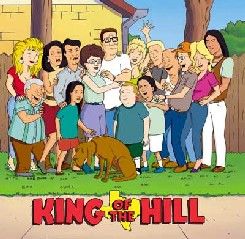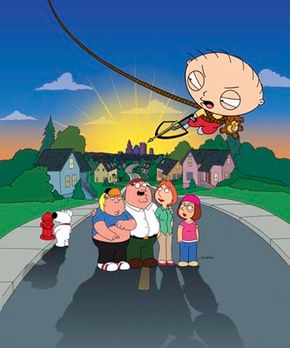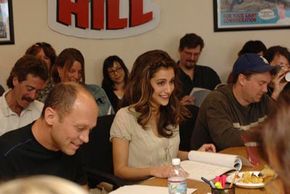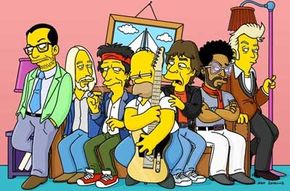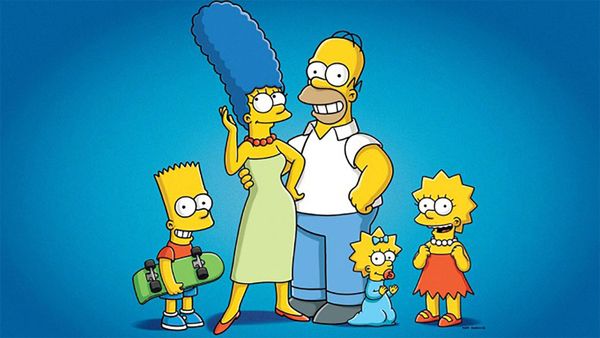Sitcom star Hank Hill has a lot in common with other TV personalities. His face and voice are well known, he has a loyal fan following, and he occasionally shows up on magazine covers. But unlike other sitcom stars, Hank doesn't require a luxury dressing room, imported bottled water or even air to breathe. Like Fred Flintstone and Homer Simpson before him, Hank is entirely two-dimensional -- an animated cartoon character.
Hank's show "King of the Hill" is part of a general artistic revolution that has shaken up TV animation over the past 15 years. The sophisticated humor and themes on shows like "King of the Hill," "The Simpsons," and "Family Guy" have demonstrated that animation isn't just for kids, or just for Saturday mornings.
Advertisement
As we'll see, these shows are fairly sophisticated from a production standpoint as well. It takes a lot of hard work getting each episode from idea to broadcast. In this article, we'll check in with some of the talented people behind "King of the Hill" to find out how animated TV shows get made.
